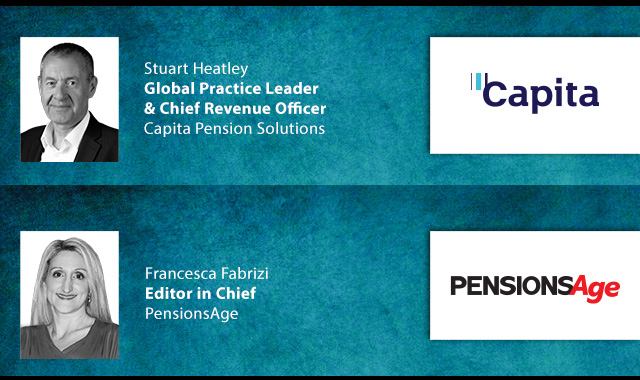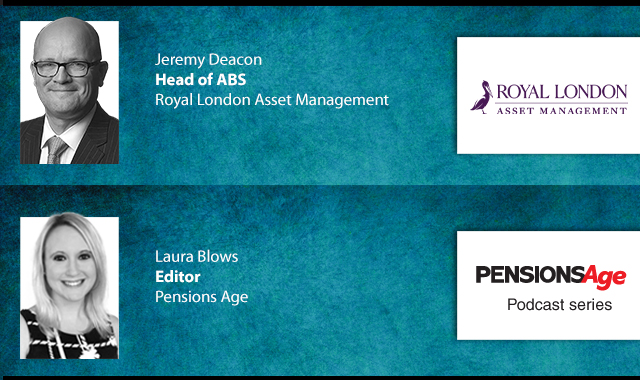Almost a third (32 per cent) of households with a main earner at a small or medium-sized enterprise are on track for a moderate income, compared to 53 per cent for those at large private companies, according to research by Hargreaves Lansdown.
Hargreaves Lansdown's Savings and Resilience Barometer revealed that households where the main earner works in the public sector came out on top, with six in 10 on track for a moderate income and three in 10 on track for a comfortable income.
Overall, however, 36 per cent of households are on track for a moderate retirement, while two in 10 self-employed households are on track for a moderate retirement, suggesting that the type and size of a saver’s employer can influence their financial resilience in later life.
Indeed, Hargreaves Lansdown head of workplace saving analysis, Clare Stinton, stated that not all pension schemes are “created equal” and savers’ choice of workplace could have a bigger impact on retirement resilience than they realise.
Stinton said public sector households, people with main earners working in a role such as teaching, the NHS, or civil service, are “leading the pack”.
“The public sector is the last bastion of the defined benefit pension, which typically provide significantly higher contributions,” she said.
“On average employer contributions range from 23 per cent to 29 per cent of salary, far surpassing the 3 per cent minimum required of private sector employers under auto-enrolment.”
Meanwhile, Stinton said private sector households are on better footing for achieving a moderate income than the self-employed.
However, she suggested that main earners employed by a small to medium-sized enterprise are worse off than those working for a large private company.
“Bigger companies typically have bigger benefits budgets, which means they’re more likely to offer generous employer-matching contributions above the 3 per cent legal minimum, sometimes climbing into double digits,” she continued.
“It demonstrates the importance of looking beyond salary when it comes to looking at employers. In the world of pensions, size really does matter.”
Stinton also suggested that despite being self-employed having its perks it also comes with the challenge of having to arrange and fund 100 per cent of their own pension but self-employed households are “falling behind in the race to retirement resilience”.
“Self-employed workers may not benefit from being auto-enrolled into a pension, but paying into a pension can still help them slash their tax bills,” she said.
Stinton said that it was important for savers to know how much is going into their pension and whether this will meet their needs in retirement, no matter if they work for someone else or themselves.
The barometer estimated the cost of a moderate retirement at £38,128 for a couple and £26,129 for a single person.
Latest News
-
Pension Scheme Bill amendments and clarity needed, SPP says
-
Pension organisations back £3bn Haweswater upgrade
-
Keeping track of the latest pensions dashboards connections
-
FCA ‘very confident’ Targeted Support proposals will take effect by year-end/early next year
-
State pension set for 'significant uplift'; cost concerns persist
-
This week in pensions: 18-22 August 2025
A changing DC market
In our latest Pensions Age video interview, Aon DC senior partner and head of DC consulting, Ben Roe, speaks to Laura Blows about the latest changes and challenges within the DC sector
Being retirement ready
Gavin Lewis, Head of UK and Ireland Institutional at BlackRock, talks to Francesca Fabrizi about the BlackRock 2024 UK Read on Retirement report, 'Ready or not. How are we feeling about retirement?’
Podcast: Who matters most in pensions?

In the latest Pensions Age podcast, Francesca Fabrizi speaks to Capita Pension Solutions global practice leader & chief revenue officer, Stuart Heatley, about who matters most in pensions and how to best meet their needs
Podcast: A look at asset-backed securities

Royal London Asset Management head of ABS, Jeremy Deacon, chats about asset-backed securities (ABS) in our latest Pensions Age podcast
© 2019 Perspective Publishing Privacy & Cookies












Recent Stories